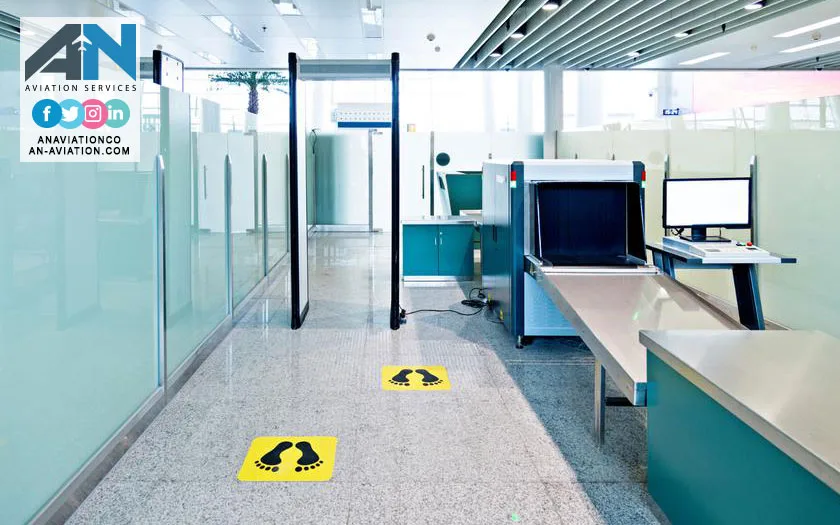
The aviation industry is an expansive and diverse field that plays a vital role in shaping how people and goods move around the world. From transporting passengers across continents to providing crucial support for national defense and law enforcement, aviation impacts countless facets of modern life. But did you know that there are distinct types of aviation, each serving a unique purpose? In this article, we’ll break down the key branches of aviation, providing insight into the many ways this industry contributes to the world.
Understanding the Main Types of Aviation
Aviation is broadly categorized into civil aviation, military aviation, and general aviation, with each type addressing specific needs and sectors. These categories are further divided based on their operational purposes, such as transporting passengers, supporting law enforcement, or enabling private flights.
1. Commercial Aviation:
Commercial aviation is perhaps the most recognizable branch of the aviation industry. It includes the operations of airlines that transport passengers and cargo for profit. Airlines like those in the United States and worldwide are responsible for connecting cities, countries, and continents.
- Passenger Transport: The primary purpose of commercial aviation is to transport passengers. Airliners such as wide-body and narrow-body aircraft are designed to carry hundreds of people across long and short distances.
- Cargo Transport: Air cargo forms a crucial part of the aviation sector, ensuring goods are delivered efficiently and quickly, often for time-sensitive shipments.
2. General Aviation (GA):
General aviation encompasses all non-commercial and non-military flight operations. It’s an umbrella term that covers everything from private flights to medical transport. This type of aviation accounts for a significant portion of all aviation flights globally.
- Private Flights: General aviation includes private aircraft used for personal or business purposes. These flights allow individuals or companies to avoid the hassle of commercial airports and fly directly to smaller airports.
- Law Enforcement and Medical Flights: GA also includes activities like search-and-rescue missions, air ambulances, and law enforcement operations. These aircraft provide critical support in emergencies and disaster response.
- Flight Training: Many pilots begin their careers in general aviation by earning their licenses through flight schools and academies.
3. Military Aviation:
Military aviation is an essential arm of national defense, comprising aircraft designed for combat, reconnaissance, transportation, and training. It’s a specialized area of aviation that often drives innovation, as advancements in this sector frequently influence the development of commercial aircraft.
- Fighter Jets: Military aviation is widely known for its cutting-edge fighter jets used for national defense and combat missions.
- Transport Aircraft: Military transport planes play a key role in carrying troops, supplies, and equipment to remote locations.
- Reconnaissance and Surveillance: These aircraft gather intelligence, monitor borders, and conduct surveillance missions to enhance national security.
4. Civil Aviation:
Civil aviation is a term used to describe all non-military aviation, covering both commercial aviation and general aviation. It plays a vital role in global connectivity and contributes significantly to the world economy.
- Air Traffic Control (ATC): Civil aviation relies heavily on air traffic control to ensure safe and efficient operations. ATC professionals manage a vast network of flight paths, coordinating aircraft to avoid congestion and collisions.
- Regulatory Bodies: In the United States, the Federal Aviation Administration (FAA) oversees civil aviation, enforcing safety standards and regulating the aviation industry.
5. Cargo Aviation:
Within the aviation industry, cargo aviation focuses specifically on the transport of goods rather than passengers. Cargo planes are designed to maximize space and carry heavy or oversized loads.
- Freight-Only Aircraft: These planes, like the Boeing 747 Freighter, are exclusively built for transporting goods.
- Integrated Supply Chain: Cargo aviation supports global supply chains, ensuring products are delivered efficiently across long distances.
6. Aerospace and Manufacturing:
The aviation industry relies heavily on aircraft manufacturers, which design and build the planes used for all types of aviation. Companies like Airbus and Boeing are at the forefront of this sector, producing both commercial and military aircraft.
- Innovations in Aircraft Design: From lightweight materials to fuel-efficient engines, manufacturers are constantly developing new technologies to meet the evolving demands of the aviation sector.
- Advanced Avionics: Modern aircraft are equipped with advanced avionics systems, which enhance safety and efficiency during flights.
The Role of Aviation in Global Connectivity
Aviation serves as a backbone of air transport, facilitating the movement of people and goods across the globe. It connects rural regions to urban centers, fosters international trade, and promotes cultural exchange. Additionally, the aviation sector plays a key role in disaster relief efforts, enabling rapid deployment of aid and supplies.
Challenges in the Aviation Industry
Despite its numerous benefits, the aviation industry faces challenges like fluctuating fuel prices, environmental concerns, and the need for skilled professionals. Addressing these issues requires a collaborative effort across various sectors of aviation.
Conclusion
The aviation industry is a diverse and dynamic field that encompasses a wide range of operations, from transporting passengers to supporting military missions. Each type of aviation serves a unique purpose, contributing to global connectivity and economic growth. Whether it’s a private jet cruising through the skies or a commercial airline carrying hundreds of passengers, aviation continues to evolve, meeting the needs of a modern, interconnected world.
Understanding these different types not only highlights the scope of aviation but also underscores its importance in everyday life. As technology advances and the industry adapts to new challenges, aviation will remain a critical part of global infrastructure.




